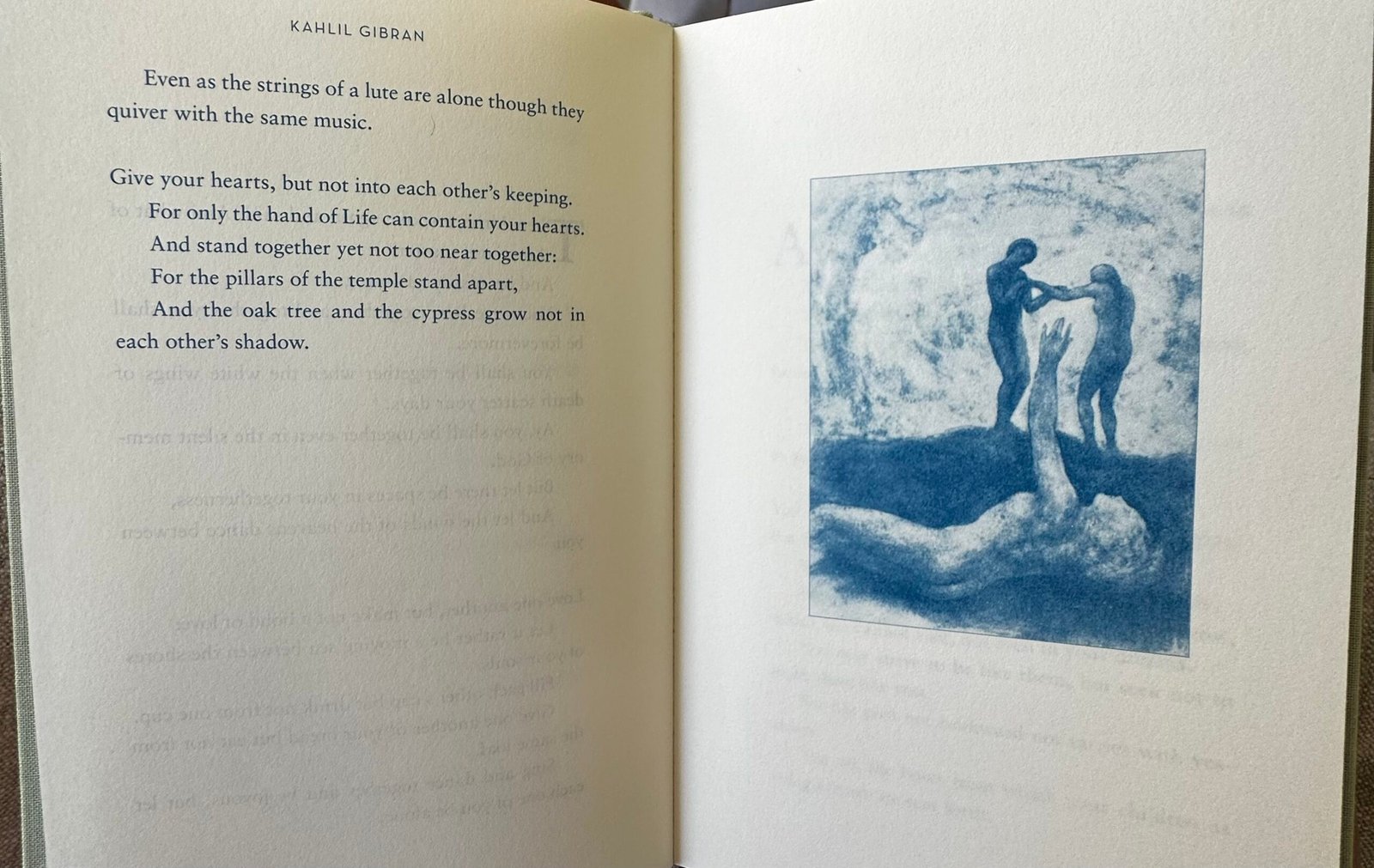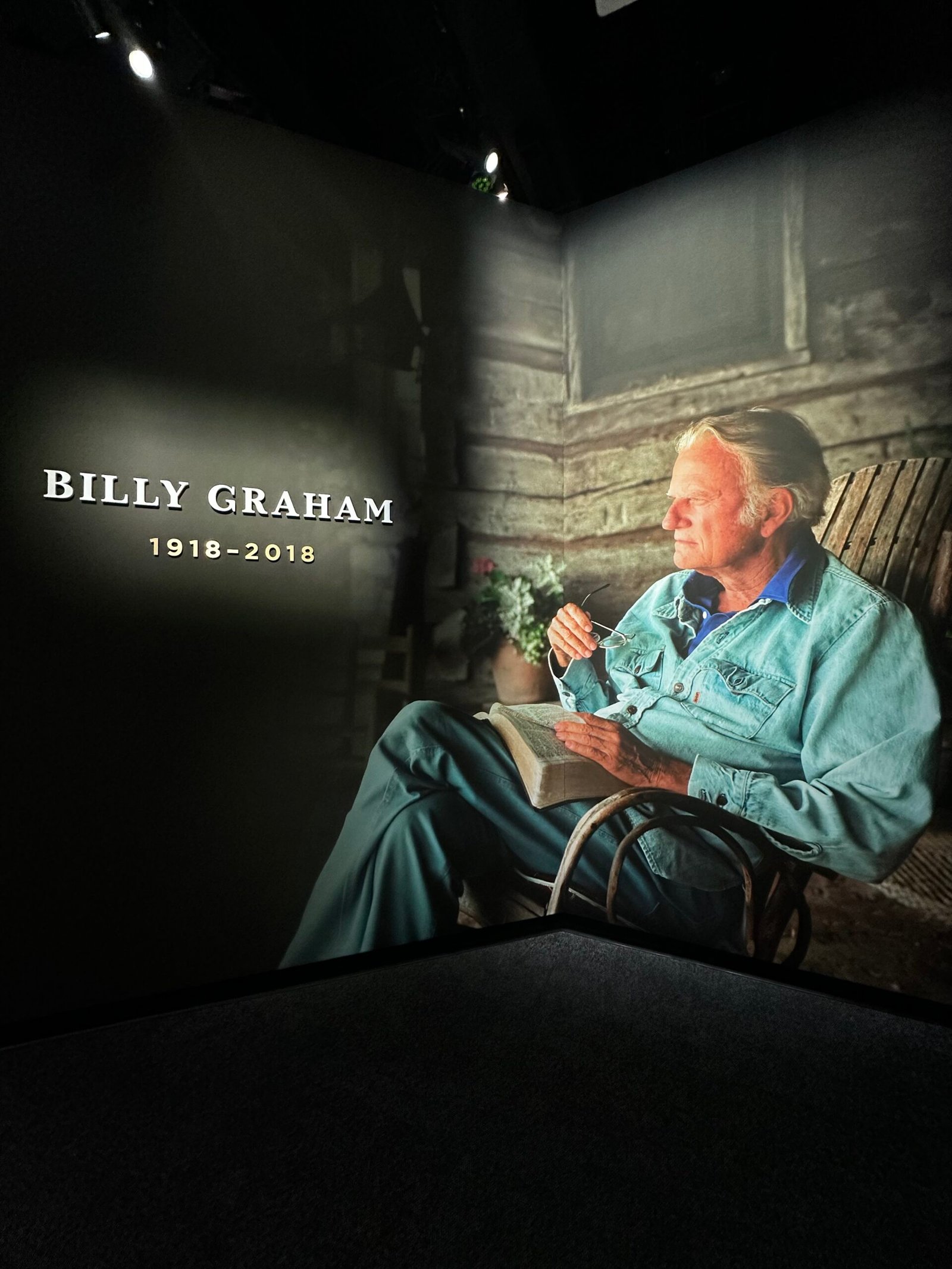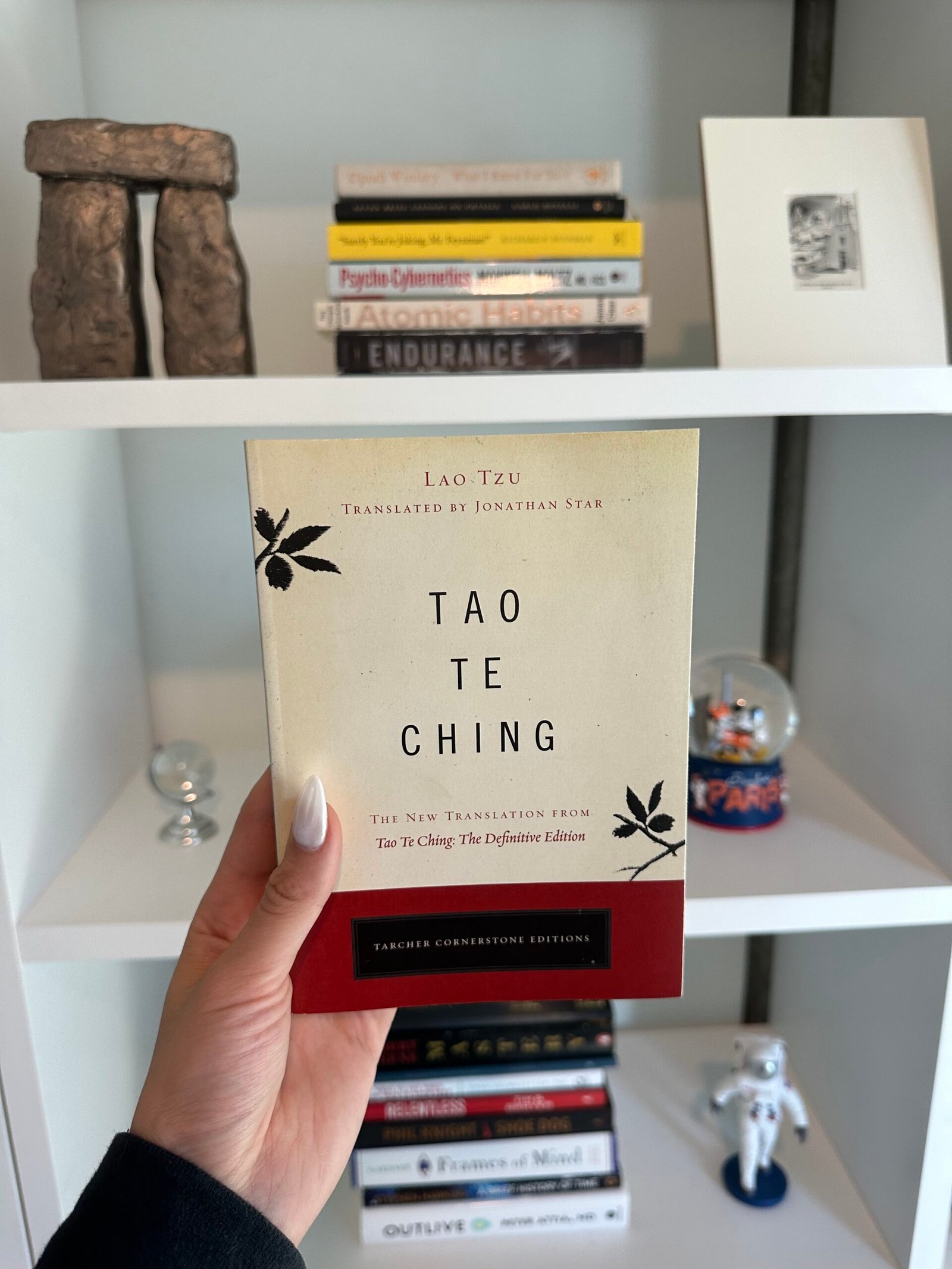Stepping into El Sitio de Don Pedro felt like being welcomed into a family. From the moment we arrived, I met Amy, a young girl wearing jeans, Nikes, and a pink-and-white striped shirt, along with her little fluffy dog, Lulu, who smiled so big when I began to pet her.
We had driven to El Sitio de Don Pedro, a restaurant and cultural center in Nicoya, Costa Rica. It offers an immersive experience into the region’s traditional foods and cultural practices. Surrounded by nature, the place delivers an unforgettable and immersive experience. I came here to witness how local foods are prepared and to learn the traditional methods used, especially the process of making nixtamal corn tortillas.
We were invited into the open-air kitchen, set in nature and surrounded by trees, with the refreshing aroma of tamarind juice in the air. On the stove, they already had chicken, rice, and corn soup simmering. I was asked to stir the chicken, which was still on the bone. It was surprisingly heavy, and I worried I might drop it, so I carefully handed the spoon back to the chef.
Then I watched them make corn tortillas from scratch. I first learned about nixtamal corn tortillas from Dan Buettner’s The Blue Zones Kitchen: 100 Recipes to Live to 100. He describes nixtamalization as a process where corn is soaked and partially cooked in an alkaline solution made with lime or wood ash. This ancient method releases niacin, which lowers bad cholesterol, raises good cholesterol, and improves digestion. Corn is also rich in fiber, folate, and vitamins B and C. At El Sitio de Don Pedro, they use wood ash in the process. Witnessing this firsthand felt like such a privilege.
After cooking, we sat down to a beautiful meal consisting of authentic chicken, a salad with fresh pico de gallo, nixtamal corn tortillas, soup, and my favorite part, the tamarind juice. It was one of the best drinks I’ve ever tasted because it was fresh, cold, not too sweet, and so refreshing. I still think about that juice to this day.
During our meal, one of the family members entertained us by playing traditional handcrafted whistles shaped like animals. These whistles are a playful and historic form of folk art, used in festivals, religious celebrations, and cultural storytelling in Costa Rica.
Next, we visited the area where they make Costa Rican baked doughnuts and empanadas. Dan Buettner’s book also includes a recipe for cornmeal doughnuts like the ones we saw. Josimar showed us some of the bizcochos he had made with cheese. Watching him bake and seeing the clay oven they used was fascinating. Speaking with Josimar and his brother Stewart, who are carrying on their family’s culinary traditions, was a true highlight.
Stewart, who is 31, lives at the restaurant with his girlfriend and their 6-year-old son, Felipe. He told me that Nicoya feels like paradise to him and he loves the people and the food, and his whole family is there. Every day, he looks forward to breakfast (usually gallo pinto which is beans and rice and enjoys this with eggs) and to becoming a better person. He eats three meals a day, typically rice, beans, chicken, and salad, and drinks tamarind or pineapple juice and water. His son is his greatest motivation in life. When I asked him about the secret to longevity, he said it’s the abundance of corn in their diet, specifically, the nixtamalization process.
Stewart and Josimar both expressed concern that Nicoya is changing. They said food now contains more chemicals, the younger generation exercises less, and many people are forgetting traditional practices. Social media has influenced both physical activity and mindset in a negative way.
When I asked Josimar about the role of nature, he said, “Direct contact with nature helps significantly with our physical and mental health.” Like Stewart, he has no desire to leave Nicoya, he considers it paradise. He shared that his biggest dream is to grow his gastronomy business and “rescue our culinary traditions so we can live longer.” His passion to preserve and share these traditions, even as the world changes, was deeply inspiring.
It was an honor to immerse myself in this experience and learn from a family in one of the world’s Blue Zones. Josimar said that he thinks the secret to living a long and healthy life that he has observed from his elders, is that the daily habit of physical activity incorporated into their lifestyle and family ties. As Dan Buettner has discovered, the secrets of the Blue Zones include physical activity, strong community ties, and daily movement integrated into life, not just occasional trips to the gym.This was a truly wonderful experience. I highly recommend that anyone traveling to this Blue Zone take the time to visit El Sitio de Don Pedro and immerse themselves in this unique cultural treasure. As we said goodbye, Amy and her dog Lulu smiled and as we turned to leave and continue on the journey.



